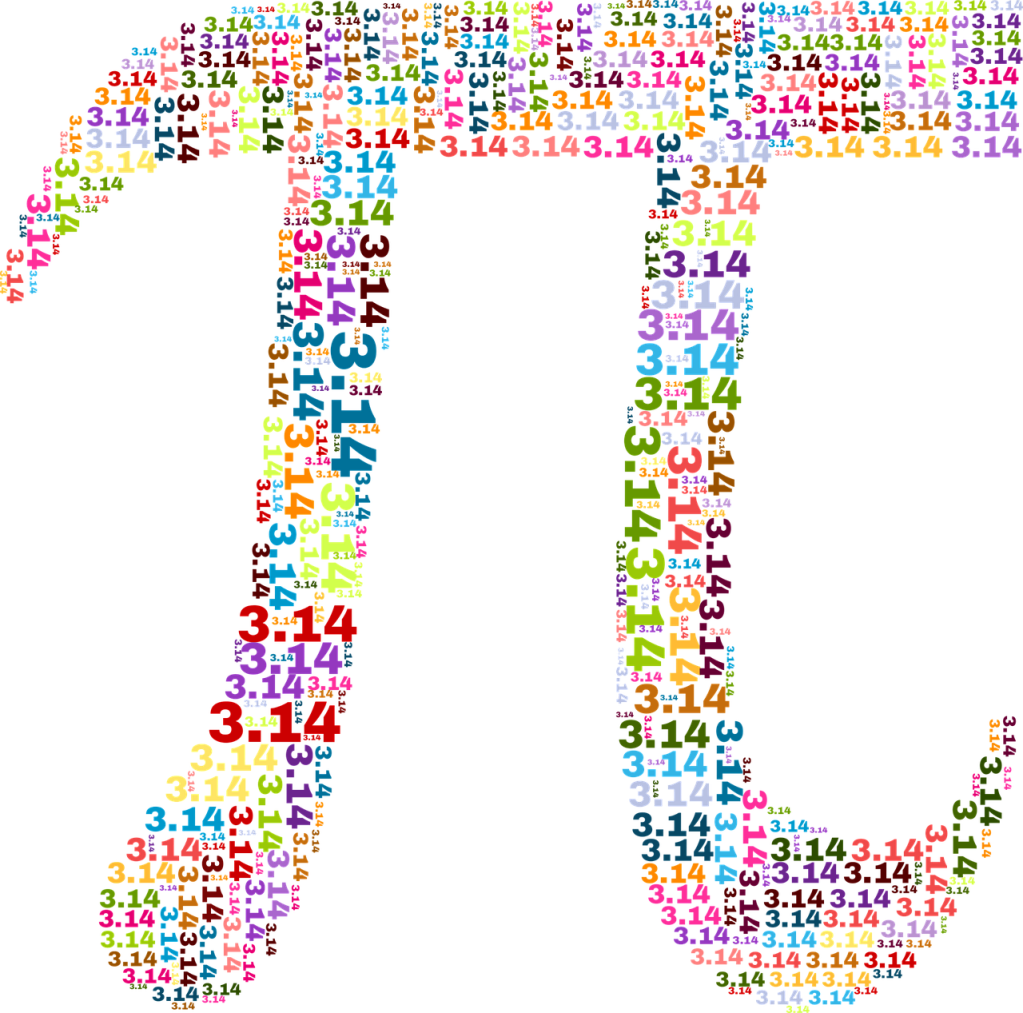In honor of Pi Day, I have dusted off a post from the early days of the blog. Enjoy!
Today is March 14 (3/14 in the US), which means that millions of nerds are spending the day happily celebrating that most mysterious of irrational numbers, pi. I’ll just briefly explain in case you don’t happen to be a nerd (because the jury’s still out). Pi (which is a stage name because this rock star number is too irrational to have it any other way) is the expression of the ratio of the circumference (the distance around) of a circle to the diameter (the distance across and through the center) of that same circle.

Ancient nerds discovered that this ratio is constant for any circle and like nerds will do (and this is the reason they generally make more money than non-nerds), they correctly decided that this might be information worth noting. And when I say “ancient,” I’m talking before Egyptians and Babylonians started writing down their various approximations for this handy little ratio, say 4000 years ago.
In fact, I think it’s safe to suggest that the approximate value of pi was probably discovered first by the same caveman (let’s just call him Og) who invented the wheel. He carefully painted the number (out to 300 decimal places) on an as yet undiscovered cave wall and proudly showed it to the other cavemen because he thought it was so neat. At that point (and again, I’m just assuming here) the other cavemen gave Og a wedgie.

Image by GraphicMama-team from Pixabay
Don’t fret, though. Og didn’t suffer in vain because humankind has been using his handy little observation ever since, and has spent thousands of years approximating the constant. After the Egyptians and the Babylonians, who each found the number to be a little more than 3, pi shows up in the history of India and China (where again it was found to be a little more than 3).
It also gets a nod in the Hebrew Bible (in 1 Kings 7:23) where it is calculated to be 3. This has (believe it or not) been a source of great controversy for Hebrew scholars, but what I think it indicates is that God isn’t all that impressed by our efforts to calculate pi out to well over 10 trillion places. This may also be illustrated by the fact that if one were to calculate the circumference of a circle that enclosed the entire known universe (you know, just for fun), using just 39 decimal places of pi would yield an answer with a maximum error equal to the radius of a hydrogen atom.

Still, I suppose it’s nice that thanks to computers, we can now calculate that the value of pi is a little bit over 3. Most of us (at least those of us who aren’t mathematicians by trade) never bother with much more than 3.14. So on March 14 we release our inner nerd (some more inner than others) to celebrate by baking and eating pie because if we can’t be bothered with all those extra decimal places, we sure aren’t going to be concerned by an extra (delicious) “e” at the end.
One question that remains for me, though (because my inner nerd is actually more interested in symbol origins than in geometry), is why is this super important irrational constant referred to by the Greek letter π? The answer is pretty simple. Before it had a stage name to call it’s own, pi was referred to most often as “quantitas in quam cum multiflicetur diameter, proveniet circumferencia” or “the quantity which, when the diameter is multiplied by it, yields the circumference.” Admittedly this name is highly descriptive, but probably a little cumbersome written into an equation.
In 1706, a Welsh math teacher by the name of William Jones first introduced π as the now universally recognized symbol for this precise meaning. Though Jones isn’t well remembered for any other contributions to mathematics, Leonhard Euler (who was a heavy hitter in the field) adopted and popularized the symbol. It was chosen simply because in Greek, π is the first letter of the word for perimeter.
And I suspect that it was chosen because no one could figure out what to eat in order to celebrate Yielding the Circumference Day. Whatever you call it, it’s a day for all of us nerds (and, yes, if you stuck with this post until the very end, the jury is done deliberating) to enjoy a piece of piE. I’m thinking strawberry.

